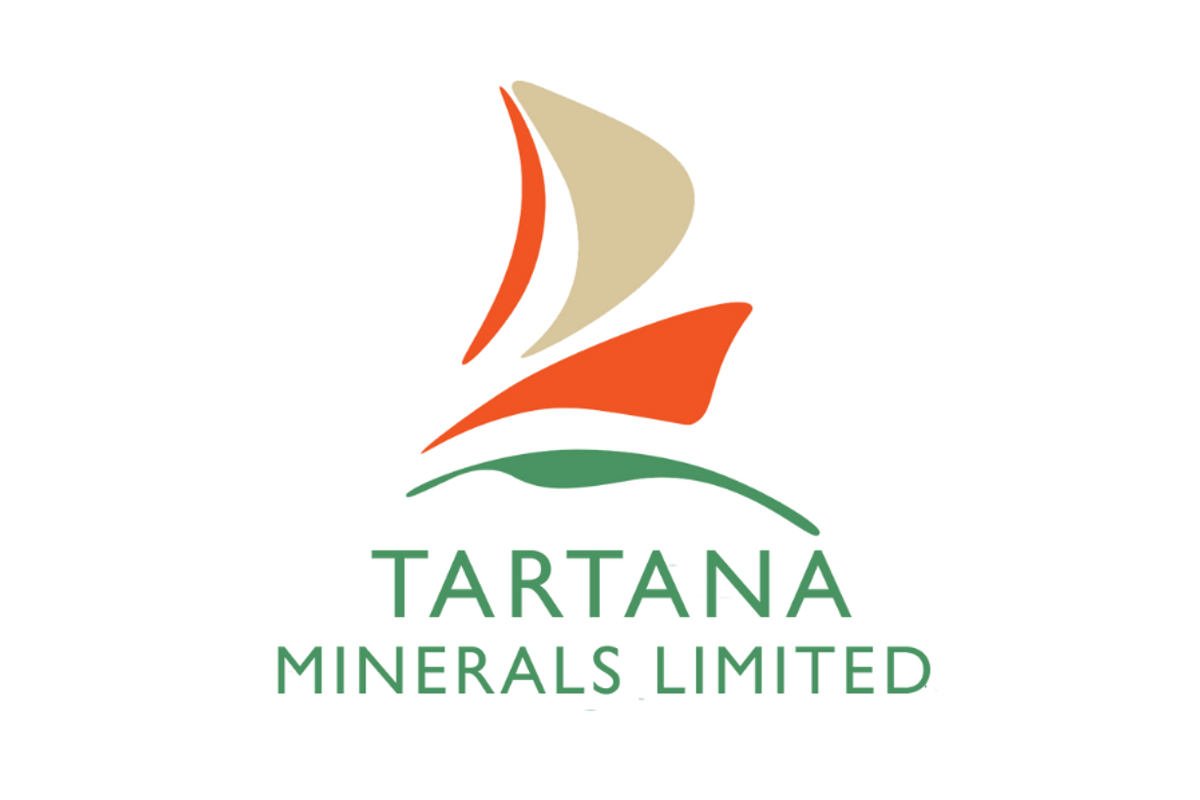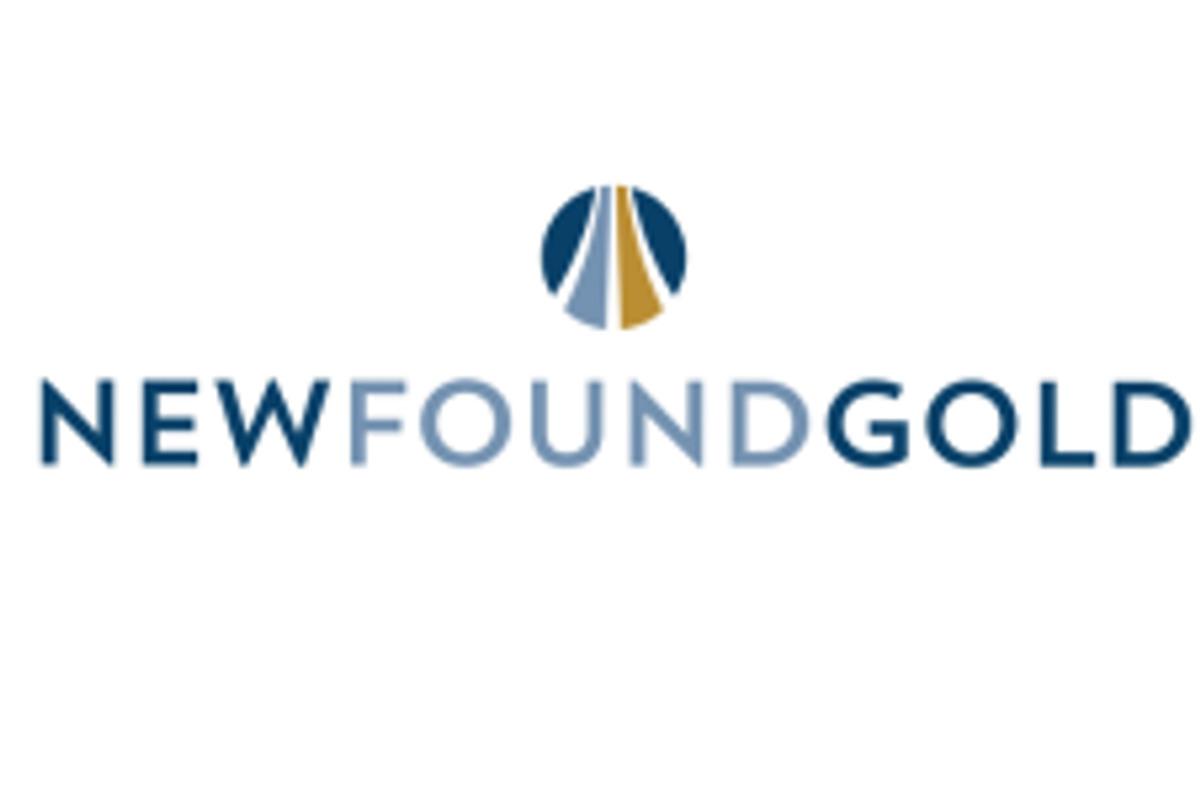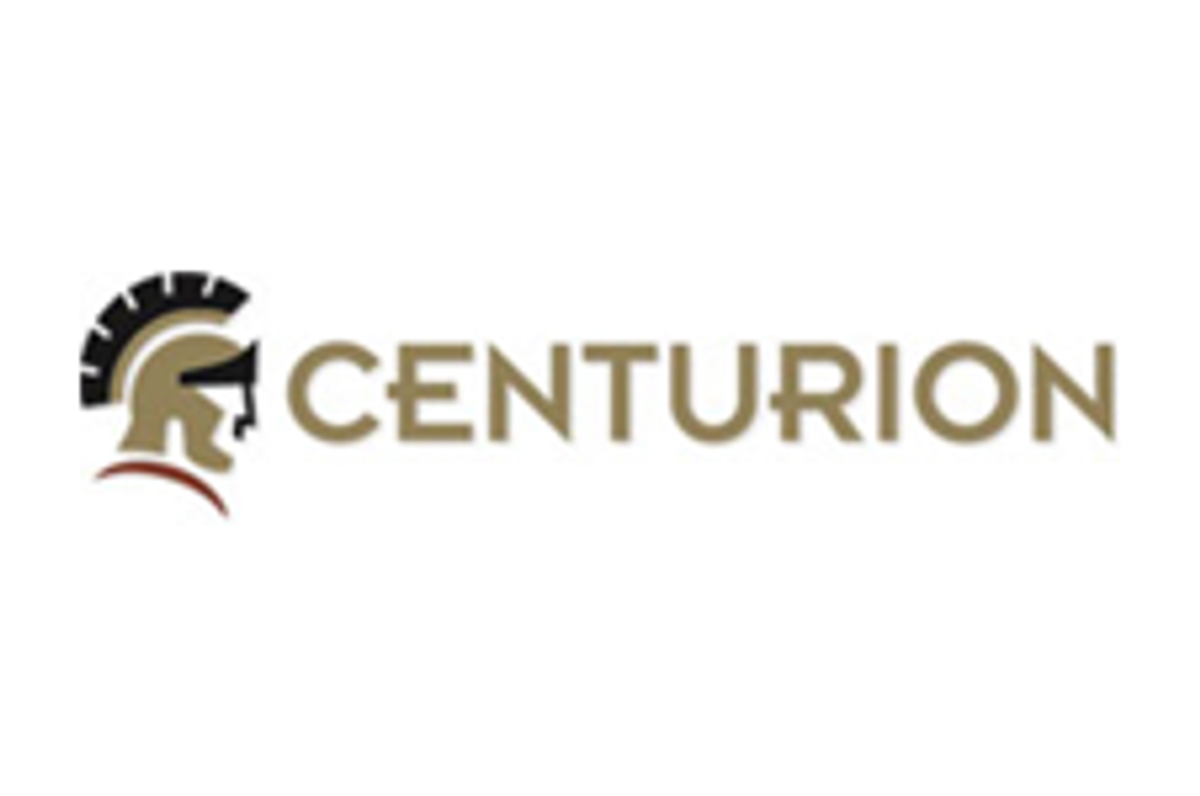
September 05, 2024
Drill intersection grades up 3.05m @ 9.0% Sb
Tartana Minerals Limited (ASX: TAT) (the Company), is pleased to advise that it has upgraded its Nightflower Exploration Target after reviewing its earlier estimation in light of the recent increases in the Antimony price. Nightflower is a high grade silver – lead deposit with, previously overlooked, significant Antimony credits.
Highlights:
- Nightflower project is a high grade silver deposit with historically impressive intersections from past drilling including 9 m @ 506g/t Silver (>16 oz/t), 12.6% Lead, and 1.46% Zinc.1
- An Exploration Target range reported on 6 June 2022 has now been substantially upgraded to 2.75 Mt @ 364 g/t Ag Eq for 32 Moz Ag Eq to 5.36 Mt @ 270 g/t Ag Eq for 47 Moz Ag Eq. The Exploration Target is conceptual in nature only and there is no guarantee that further exploration will define a resource.
- Antimony has contributed to the Exploration Target, however, recent significant increases in the Antimony price due to China's export restrictions have improved the project’s economics.
- Historical drilling results indicate Antimony grades up 3.05m @ 9.0% Sb, 24.0% Pb, 10.5% Zn, 14.9 oz/t Ag, and 0.38% Cu (Hole NF72DD11), although the Exploration Target is based on a 1% Sb grade.
- Drilling is now being planned to test the target and upgrade previously identified mineralisation to JORC 2012 reporting standards.
In mid-August China, the world’s largest producer of Antimony – producing 83,000t in 2023 (USGS) - accounting for 48% of the world’s supply, will be restricting Antimony exports from 21 September 2024. Consequently, the Antimony price has significantly increased and is currently trading at US$24,500/tonne (Argus Metals, Antimony ingot min 99.65% fob China).
The revised Exploration Target is summarised in Figure 1, incorporating the original tonnages from the 6 June 2022 announcement with revisions to the grade range, detailed later in this report.

The estimated Antimony content range within the Exploration Target is summarized in Figure 2 below.

Tartana Minerals Managing Director, Stephen Bartrop, commented:
“Significant increases in our Exploration Target, Antimony prices, and consequently the economics of the project underpins the importance of the Nightflower project. With production at the Tartana mine site reaching steady state, this opportunity is only more significant. Further this represents only one target (The Digger Lode mineralisation) and excludes the prospectivity of the adjacent Terrace lode and a possible further discovery.”
Nightflower Silver Project History
The Nightflower project is located 40 km north of Chillagoe in Far North Queensland. It covers a substantial part of the northern Featherbed Volcanic Group and the underlying and surrounding Hodgkinson Formation.
It was discovered as a high grade silver deposit in 1923 and was visited by the Queensland Premier in October 1923. On the Premier’s return to Brisbane he reported that the ore at Nightflower was very rich and a truck-load treated at Chillagoe gave about 30% of lead and 40 ounces of silver to the ton (Source: Qld Govt Mining Journal Vol XXIV, Oct 1923).
Click here for the Corporate Presentation & Webinar
Click here for the full ASX Release
This article includes content from Tartana Minerals Limited, licensed for the purpose of publishing on Investing News Australia. This article does not constitute financial product advice. It is your responsibility to perform proper due diligence before acting upon any information provided here. Please refer to our full disclaimer here.
TAT:AU
The Conversation (0)
12 August
Financing Update and AGM Date
Tartana Minerals (TAT:AU) has announced Financing Update and AGM DateDownload the PDF here. Keep Reading...
31 July
Quarterly Activities/Appendix 5B Cash Flow Report
Tartana Minerals (TAT:AU) has announced Quarterly Activities/Appendix 5B Cash Flow ReportDownload the PDF here. Keep Reading...
13 May
Director led financing and change of Chairman
Tartana Minerals (TAT:AU) has announced Director led financing and change of ChairmanDownload the PDF here. Keep Reading...
30 April
Quarterly Activities/Appendix 5B Cash Flow Report
Tartana Minerals (TAT:AU) has announced Quarterly Activities/Appendix 5B Cash Flow ReportDownload the PDF here. Keep Reading...
24 April
Beefwood Project Clarification and Drilling Update
Tartana Minerals (TAT:AU) has announced Beefwood Project Clarification and Drilling UpdateDownload the PDF here. Keep Reading...
50m
What Was the Highest Price for Gold?
Gold has long been considered a store of wealth, and the price of gold often makes its biggest gains during turbulent times as investors look for cover in this safe-haven asset.The 21st century has so far been heavily marked by episodes of economic and sociopolitical upheaval. Uncertainty has... Keep Reading...
22 December
TomaGold Intercepts 6.68% ZnEq (1.57 g/t AuEq) over 48.05 Metres, including 39.03% ZnEq (9.15 g/t AuEq) over 2.90 Metres at Berrigan Mine and Identifies a Major Hydrothermal Footprint
TOMAGOLD CORPORATION (TSXV: LOT; OTCPK: TOGOF) (“TomaGold” or the “Company”) is very pleased to announce the initial assay results from drill holes TOM-25-009 and TOM-25-010 at its Berrigan Mine project located in the Chibougamau mining camp, in Québec. These are the first two of seven holes for... Keep Reading...
22 December
Armory Mining Engages Castello Q Exploration for Ammo Antimony-Gold Work Program
(TheNewswire)Vancouver, B.C. TheNewswire - December 22, 2025 Armory Mining Corp. (CSE: ARMY) (OTC: RMRYF) (FRA: 2JS) (the "Company" or "Armory") a resource exploration company focused on the discovery and development of minerals critical to the energy, security and defense sectors, is pleased to... Keep Reading...
19 December
Armory Mining Announces Closing of Flow-Through Financing
(TheNewswire) THIS NEWS RELEASE IS NOT FOR DISTRIBUTION TO U.S. NEWSWIRE SERVICES OR FOR DISSEMINATION IN THE UNITED STATES Vancouver, B.C. December 19, 2025 TheNewswire - Armory Mining Corp. (CSE: ARMY) (OTC: RMRYF) (FRA: 2JS) (the "Company" or "Armory") a resource exploration company focused... Keep Reading...
Latest News
Interactive Chart
Latest Press Releases
Related News
TOP STOCKS
American Battery4.030.24
Aion Therapeutic0.10-0.01
Cybin Corp2.140.00





